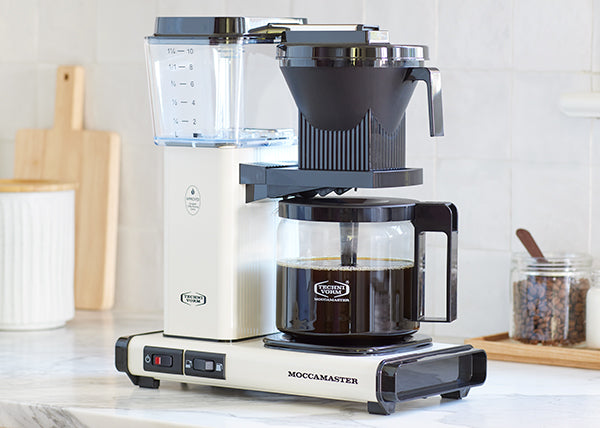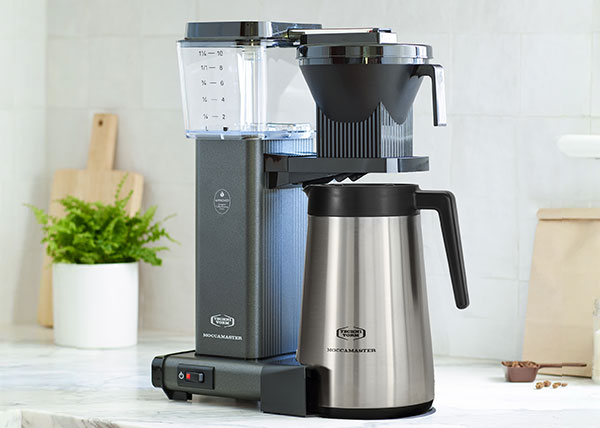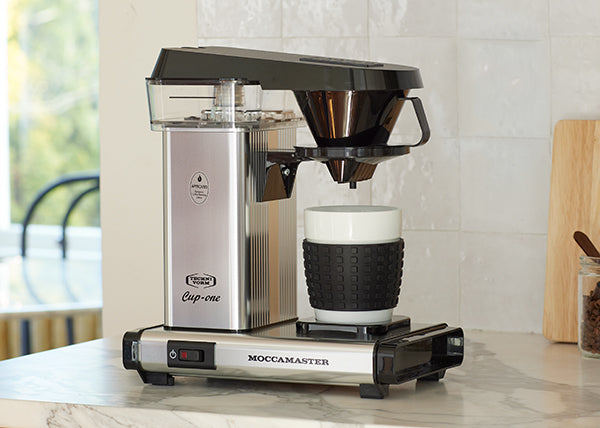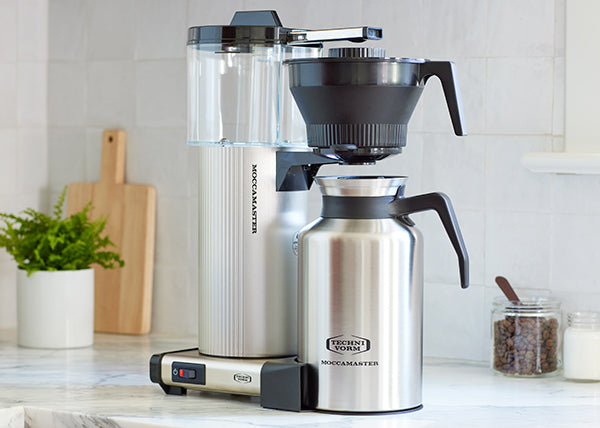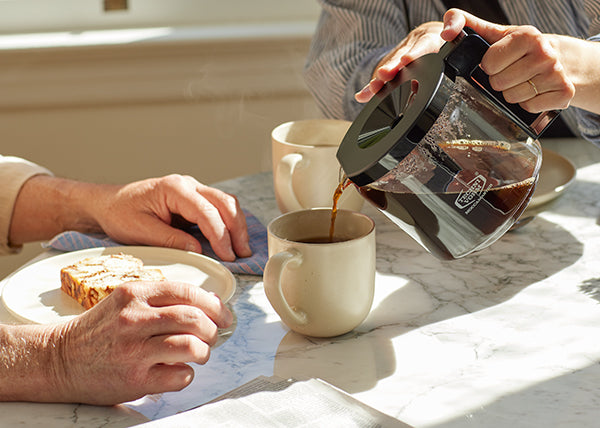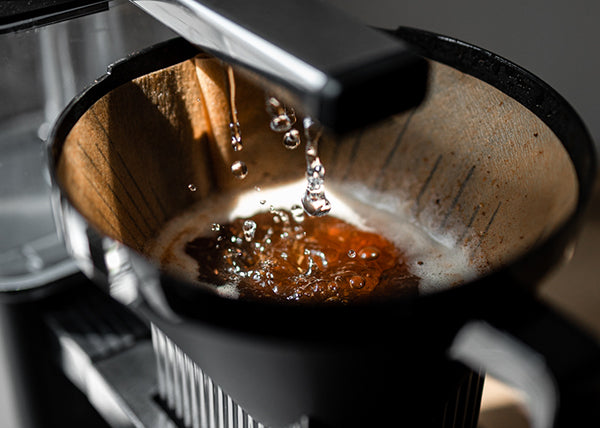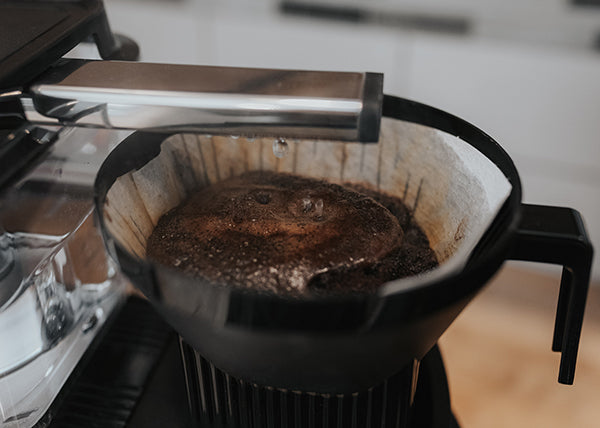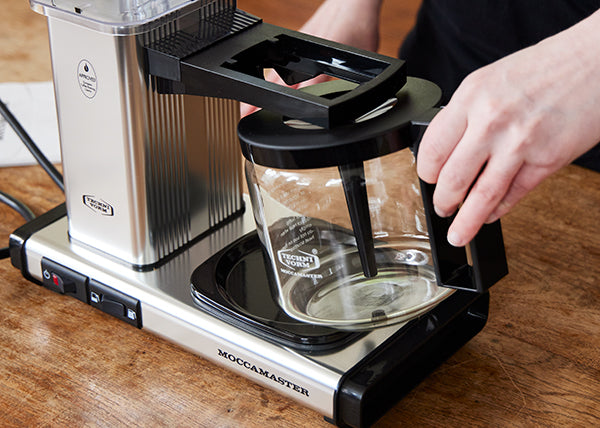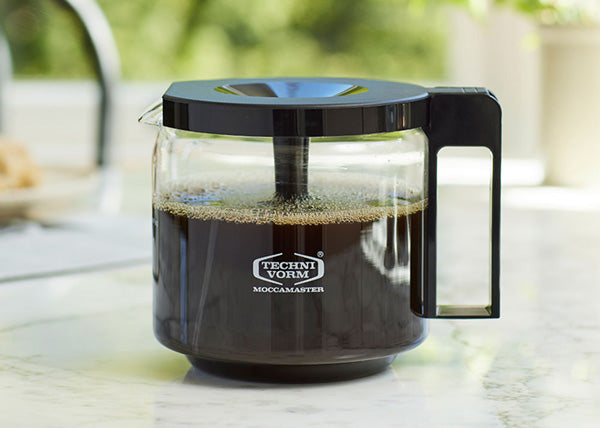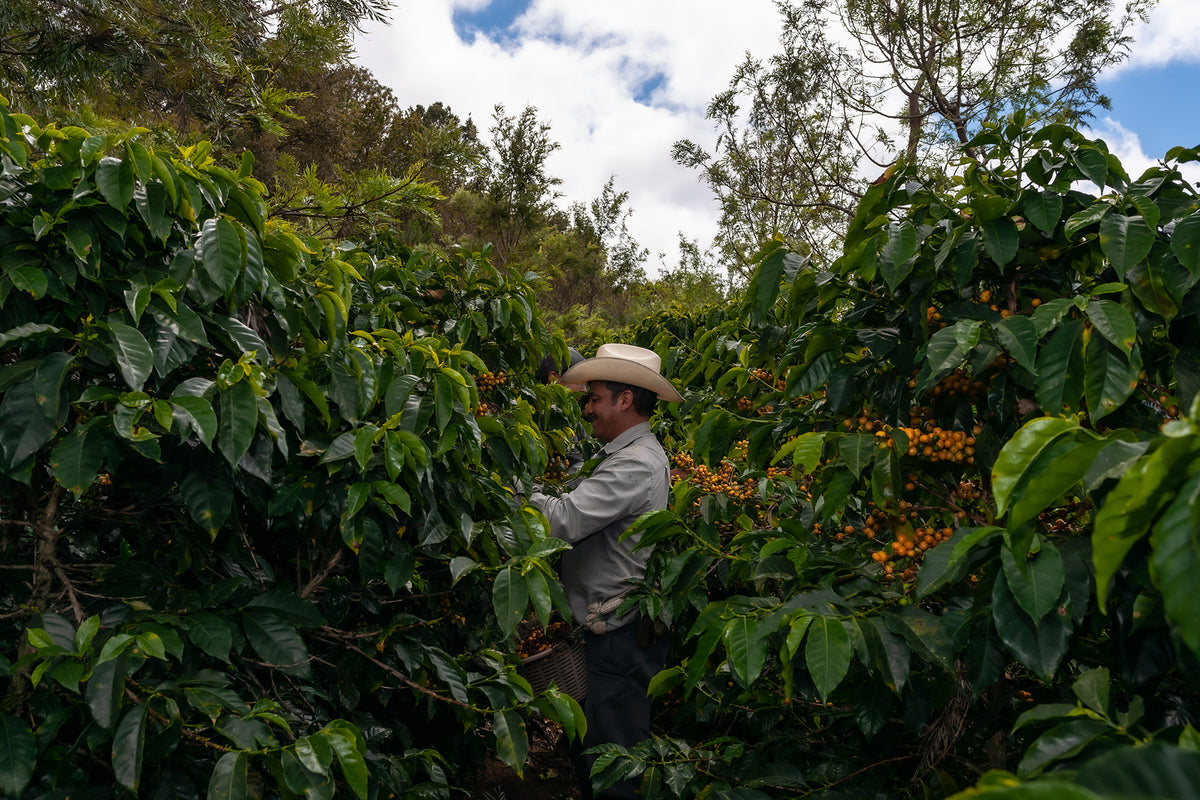While not as prolific as South America, the broad region of North America, Central America, and The Caribbean still produces great coffee.
The growing conditions aren’t right everywhere throughout the region. Once you get north of the Tropic of Cancer and extend past the Bean Belt, it’s generally too cold to grow coffee naturally.
That’s why the mainland of the U.S. and Canada are more so coffee drinkers rather than producers — though a coffee shop in Vancouver managed to grow a coffee plant indoors that produced cherries, asThe Vancouver Sun reports.
But other parts of the region, ranging from islands like those in Hawaii and Jamaica, to various parts of Mexico and broad stretches of Central America, have excellent coffee-growing conditions.

History of Coffee in North America/Central America/The Caribbean
The history of coffee in North America/Central America/The Caribbean is closely tied to its history in South America, which itself ties back to the early days of coffee cultivation.
Specifically, we can turn to the story of a coffee plant being stolen from Mocha, Yemen in 1614, where it then grew in a botanical garden in Amsterdam, as the podcast Coffee Canon explains. A century later, the mayor of Amsterdam gifted a coffee seedling to France’s King Louis XIV.
Around 10 years later, a French naval officer named Gabriel de Clieu brought a seedling from the plant to the Caribbean island of Martinique.
“Once planted, the seedling not only thrived, but it’s credited with the spread of over 18 million coffee trees on the island of Martinique in the next 50 years. Even more incredible is that this seedling was the parent of all coffee trees throughout the Caribbean, South and Central America,” says the National Coffee Association of U.S.A.
In the 1800s, coffee made its way to Hawaii by way of Brazil and later Guatemala, as the Hawaii Coffee Association explains.
What Does Coffee From North America/Central America/The Caribbean Taste Like?
Coffee flavors can be hard to apply on a broad basis, especially in a region as wide as North America/Central America/The Caribbean. That said, there are some similarities to flavors found in South America, with common descriptions of coffee from this region being nutty or chocolatey. You can also find many fruity notes.
Here we’ll take a closer look at flavor profiles from four great coffee-growing areas within this large region.
What Does Coffee From Guatemala Taste Like?
Guatemala along with other Central American producers like Nicaragua, Honduras, and Costa Rica “all produce excellent washed coffees offering unique and special tastes,” explains Scott McMartin, founder of Fundamental Coffee and head of coffee for the Mercon Coffee Group. He is also a Coffee Quality Institute Certified Q Grader. For example, he points to “the chocolatey elegance of the Antigua region in Guatemala.”
What Does Coffee From Mexico Taste Like?
Another important coffee-growing country in the region is Mexico, which is the second largest producer in the area behind only Honduras, according to the International Coffee Organization (ICO).
In Mexico, you can find coffee beans “which range from the nutty and sweet acidy high-grown types found in Chiapas to the more fruity and lower-grown qualities found in Veracruz and Puebla,” explains McMartin.
What Does Coffee From Hawaii Taste Like?
Since the mainland of the U.S. only grows very limited amounts of coffee given the climate, here we’ll focus on Hawaii.
“For the Hawaiian islands Kona remains the most relevant and the most expensive,” says McMartin. However, don’t assume that high cost always equates to better taste.
“While rare and costly, the cup profile in my experience rarely justifies the cost. The flavor is mild with soft acidity and in some cases a sweet and nutty aftertaste. Kauai is a producer of lower altitude coffee as is Maui. These other types are often pleasant and taste like roasted nuts with light body,” adds McMartin.
What Does Coffee From Jamaica Taste Like?
Another island producer worth mentioning is Jamaica. Similar to Kona, Jamaica sells some exclusive beans known as Jamaica Blue Mountain (JBM). True Jamaica Blue Mountain coffee is a trademark of the Jamaica Agricultural Commodities Regulatory Authority (JACRA), which licenses the mark.
“These high-altitude coffees from the estates of the Blue Mountain region can be very elegant, floral and possessing notes of citrus or black currant,” says McMartin.
However, if you do want to try this coffee, carefully consider whether you’re getting the real deal.
“Sadly, much of the JBM coffee is blended with lower qualities and falls short of cup expectations despite the high prices consumers are willing to pay,” notes McMartin.
Explore the Real Taste of Coffee From North America/Central America/The Caribbean
Whether you’re trying an exclusive island-grown coffee or beans from volcanic areas of Central America, there’s a ton of flavor you can tap into. To explore the real taste of coffee, you can use your Moccamaster to experience more of the nuanced flavors following the brew.
You might be used to certain blends or think you know what coffee from certain countries tastes like, but once you start experimenting with different types of specialty beans and use the right equipment, you might discover new flavors from regions you’ve never explored. So take some chances and get curious about all the tastes of beans from this region waiting to be unlocked.
Explore all the coffee growing regions.


